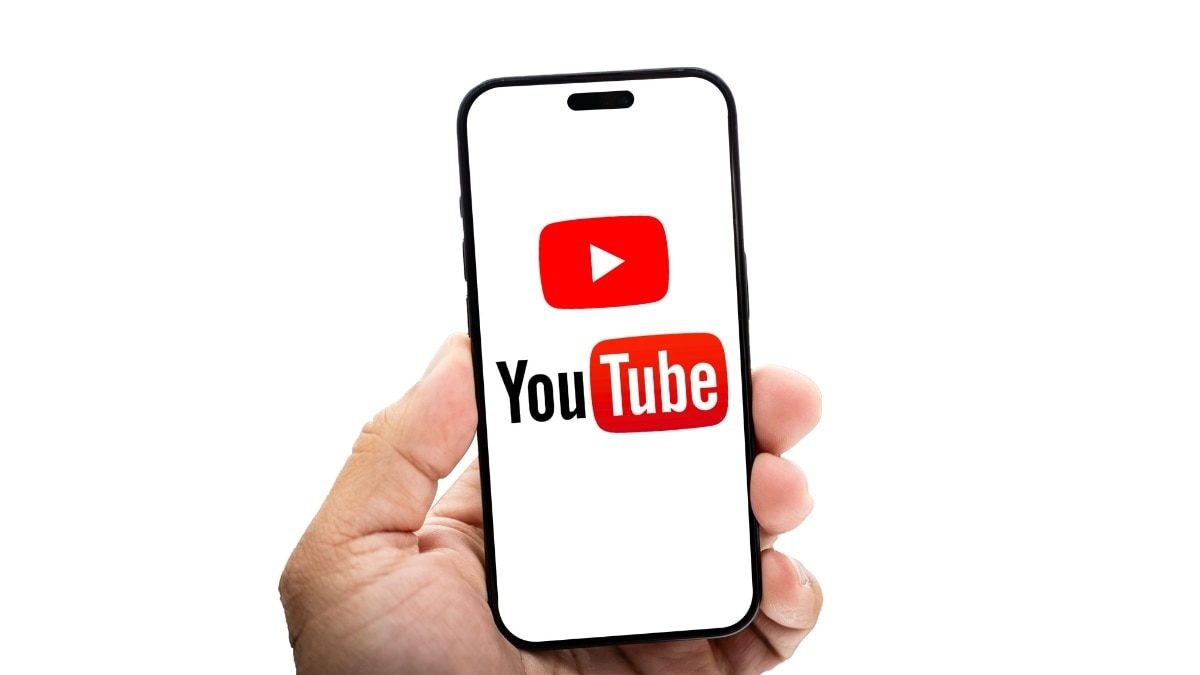Highlights
YouTube’s New Policy on Content Monetisation
For content creators on YouTube, understanding the changes in monetisation policies is crucial, as future videos may be demonetised.
YouTube has unveiled significant policy changes that will impact creators producing repetitive, low-quality, or AI-generated content. Beginning July 15, the platform will strip monetisation privileges from channels deemed to produce “mass-produced or inauthentic content,” regardless of whether they qualify under the YouTube Partner Program (YPP).
This means that merely achieving the basic criteria of 1,000 subscribers and 4,000 public watch hours (or 10 million Shorts views in 90 days) will no longer suffice. YouTube is tightening the reins on content quality.
Which Content Will Be Affected?
Under the updated guidelines, creators might lose their monetisation status for videos that:
- Utilise AI-generated voiceovers without any personal insight or storytelling.
- Are created from slideshow compilations or reused clips with minimal or no transformation.
- Follow overly repetitive formats, particularly in Shorts.
- Contain reaction or recap-style content lacking original perspectives.
YouTube is emphasising the importance of originality.
The platform asserts that this policy aims to diminish content that seems “spammy” or devoid of meaningful interaction. It responds to the rising trend of automated content generated by AI tools, which often miss the human element that YouTube prioritises.
What Content Remains Eligible for Monetisation?
Not all AI-generated content will face penalties. Creators who significantly transform existing material by providing analysis, commentary, educational content, or unique storytelling will continue to be eligible for monetisation. YouTube will evaluate whether the content delivers a distinctive experience to the audience.
In essence, incorporating one’s own voice, personality, or perspective can make a significant difference.
Methods of Enforcement
YouTube plans to employ a blend of AI tools and human reviewers to evaluate content. Channels violating the new regulations may experience:
- Demonetisation of specific videos.
- Removal from the YouTube Partner Program.
- In severe instances, suspension of the channel.
These actions can be challenged, but creators must demonstrate that their content is both original and meaningful.
Steps Creators Should Consider Now
Assess your content strategy: If videos depend on automation, templates, or clip compilations, it may be time to reconsider your approach.
Add context and creativity: YouTube aims to reward videos that provide value beyond simple aggregation, so embrace what makes your perspective unique.
Document your workflow: Be prepared to detail how your content is produced, especially if called for a review.
This update signifies one of YouTube’s most robust efforts yet to eliminate low-quality content and encourage authentic creators, particularly as AI becomes increasingly prevalent in the digital creator landscape.
Creators who adapt quickly may gain advantages in the future. Those who do not may find themselves facing the loss of advertising revenue.

